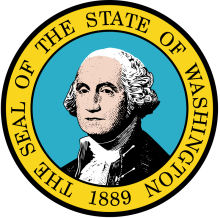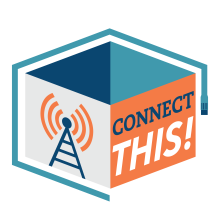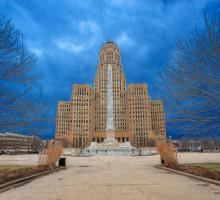Washington Communities See Millions In New Rural Broadband Grants
The Port Of Whitman County is one of several rural Washington communities set to nab another major infusion of broadband grants courtesy of federal Covid disaster relief. A fresh infusion of $1.1 million announced last week will help the County expand a five city (Palouse, Garfield, Oakesdale, Tekoa and Rosalia) fiber expansion project to 104 unserved homes.
In partnership with Ziply Fiber, the Port will bring fiber connectivity to those homes that were not included in the first phase of the project. According to city officials, construction will begin in the fall 2023 and be complete by spring 2024.

It’s part of a broader $121 million in new broadband grant awards doled out by the Washington State Broadband Office to expand access to affordable broadband service across traditionally underserved portions of the state. All told, the new awards will be used to fund more than 19 different projects, bringing improved broadband access to nearly 15,000 state residents.
“These grants will provide initial service availability to 14,794 end users located across the state, in communities as diverse as the San Juan Islands, Kittitas County and the Spokane reservation,” Washington Broadband Office Director Mark Vasconi said of the latest round of funding.








